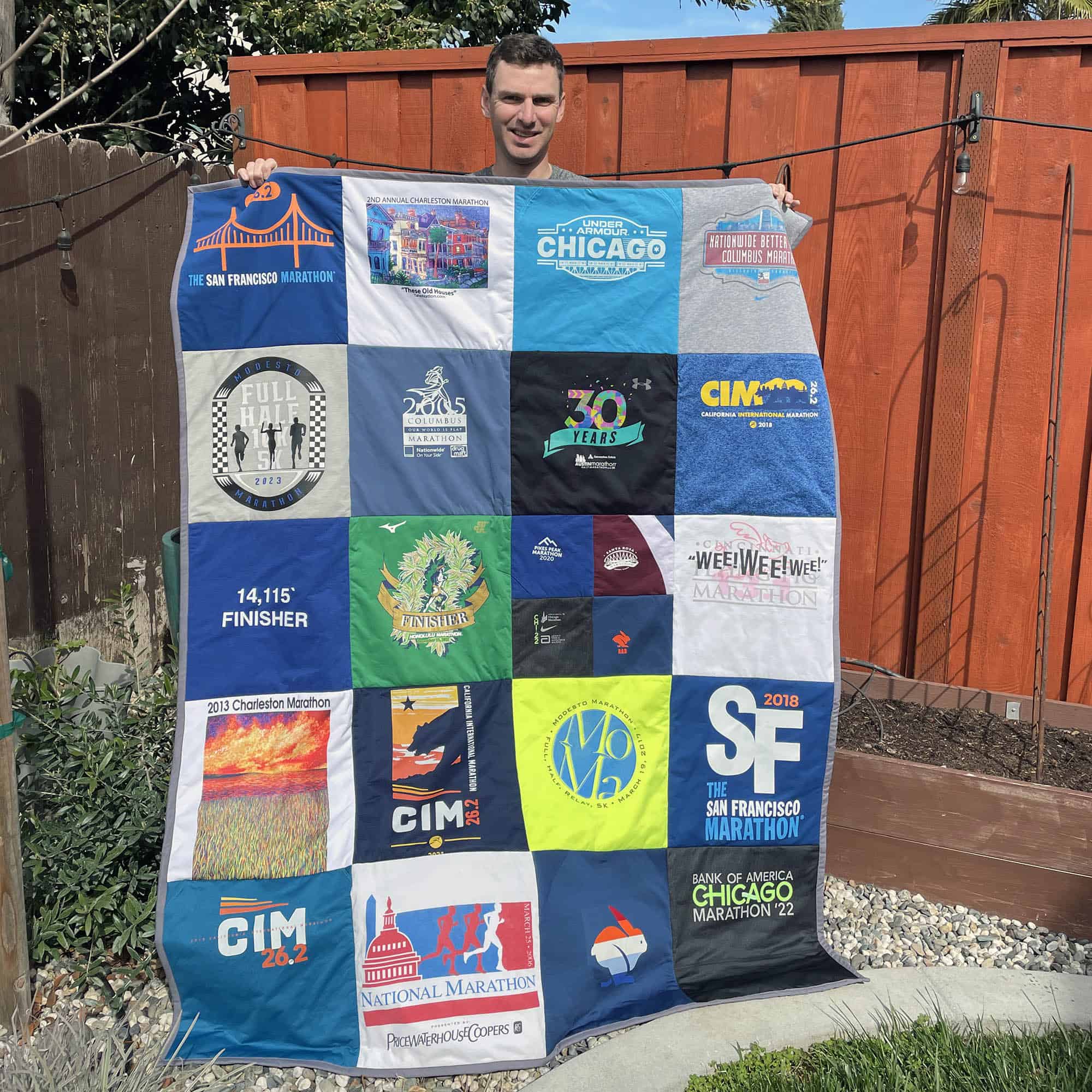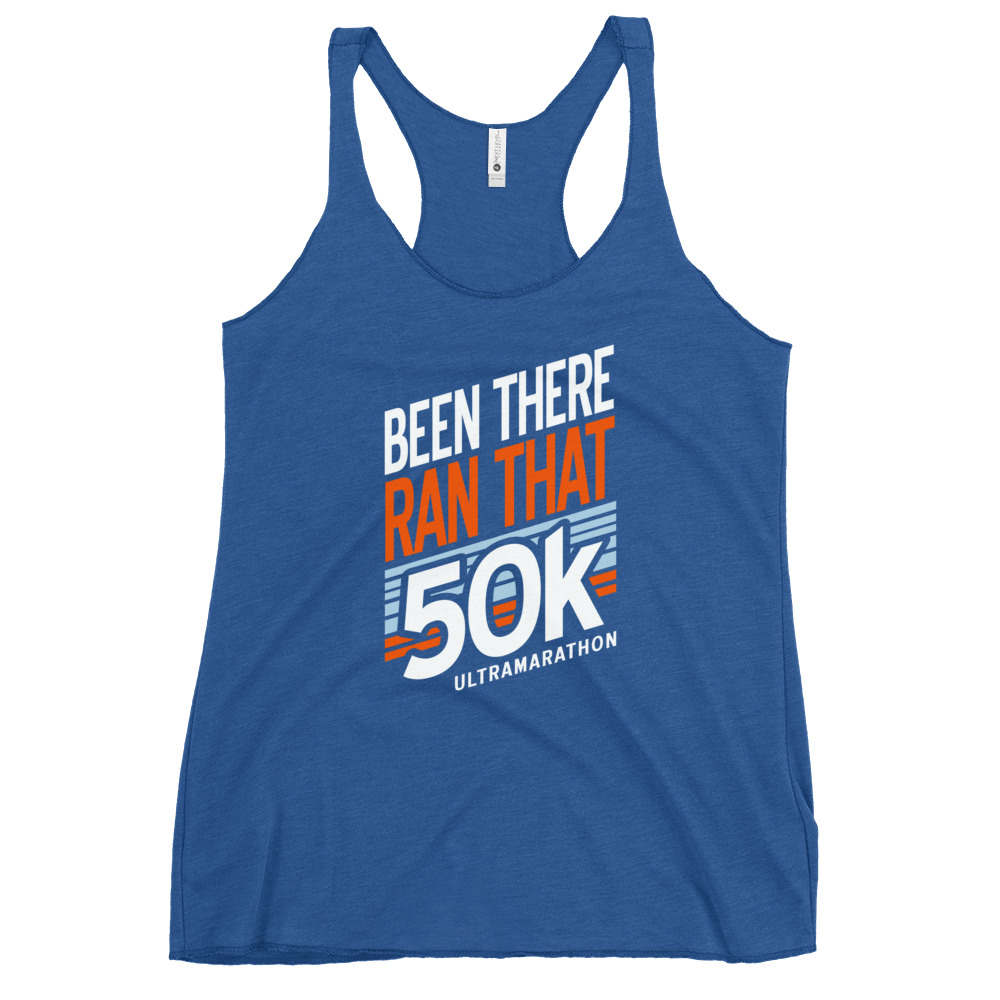Heel Striking While Running: What It Is and How to Improve Your Form
Heel striking is one of the most common running forms, but it often gets a bad reputation. Whether you’re new to running or an experienced athlete, understanding what heel striking is, its potential impact on your performance, and how to optimize your stride can help you run more efficiently and reduce the risk of injury.
What Is Heel Striking?
Heel striking occurs when the heel of your foot makes contact with the ground first during each stride. While it’s a natural running style for many, excessive heel striking often indicates over-striding, where your foot lands too far in front of your body’s center of gravity.
This pattern can lead to:
- Increased Impact Forces: More stress on your knees, shins, and hips.
- Decreased Efficiency: Momentum is redirected vertically rather than forward.
- Higher Injury Risk: Conditions like shin splints, plantar fasciitis, or knee pain are more likely.
Is Heel Striking Bad?
Contrary to popular belief, heel striking isn’t inherently bad. Many elite marathon runner’s heel strike without issues. The key is how and where the foot strikes relative to your body. A light heel strike with your foot landing closer to your center of mass is less likely to cause problems than a heavy, extended heel strike.
How to Tell If You’re Heel Striking
Not sure if you’re a heel striker? Here are a few ways to find out:
- Check Your Shoes: Excessive wear on the heel of your running shoes is a common indicator.
- Analyze Your Running Form: Have someone film you running or use slow-motion video on your phone to check how your foot lands.
- Listen for Sounds: Heavy footsteps while running may indicate a forceful heel strike.
How to Improve Heel Striking While Running
If heel striking is causing discomfort or inefficiency, consider these tips to adjust your stride:
- Focus on Your Cadence: A higher cadence (steps per minute) naturally shortens your stride and reduces over-striding. Aim for a cadence of 170–180 steps per minute for most runners.
- Land Closer to Your Center of Gravity: Your foot should land beneath your hips rather than far in front of your body. This reduces the braking effect caused by heel striking.
- Engage Your Core and Glutes: A strong core and glutes help stabilize your pelvis and promote a more balanced stride, reducing the impact on your heels.
- Practice Midfoot Striking: Transitioning to a midfoot strike can help distribute impact forces more evenly. Start by practicing short intervals of midfoot striking and gradually increase the duration to avoid overloading your calves or Achilles tendon.
- Strengthen and Stretch: Tight or weak muscles can exacerbate heel striking. Incorporate exercises like calf raises, squats, and dynamic stretches to improve flexibility and strength.
Drills to Transition from Heel Striking
Here are two simple drills to help refine your running form:
- High Knees Drill: Run in place with high knees, focusing on landing midfoot. This drill promotes quicker turnover and reduces the likelihood of over-striding.
- Puddle Jump Drill: Imagine running through a puddle and trying to avoid splashing. Take light, quick steps and land softly to minimize impact forces.
When Heel Striking Is Not a Problem
Not all heel striking needs to be corrected. If you’re running injury-free, your pace is consistent, and you feel comfortable, there’s no urgent need to change your form. However, always pay attention to any signs of discomfort or inefficiency that may indicate a need for adjustments.
The Right Plan and Guidance Can Make All the Difference
Improving your running form, whether it’s addressing heel striking or enhancing efficiency, takes time, consistency, and expert guidance. At Sunrise Running Company, we offer more than just personalized training plans—we provide running form sessions to help you refine your technique and reduce injury risk.
Our training plans are tailored to your goals and experience level, covering everything from 5Ks to ultramarathons. Each plan includes targeted guidance and drills to help you become a more efficient runner. Paired with our running form sessions, you’ll gain valuable insights into your stride mechanics and actionable tips to optimize your performance.
Take the first step toward your running goals today! Explore our running plans and schedule a running form session to enhance your running experience and stay on the path to injury-free miles.














